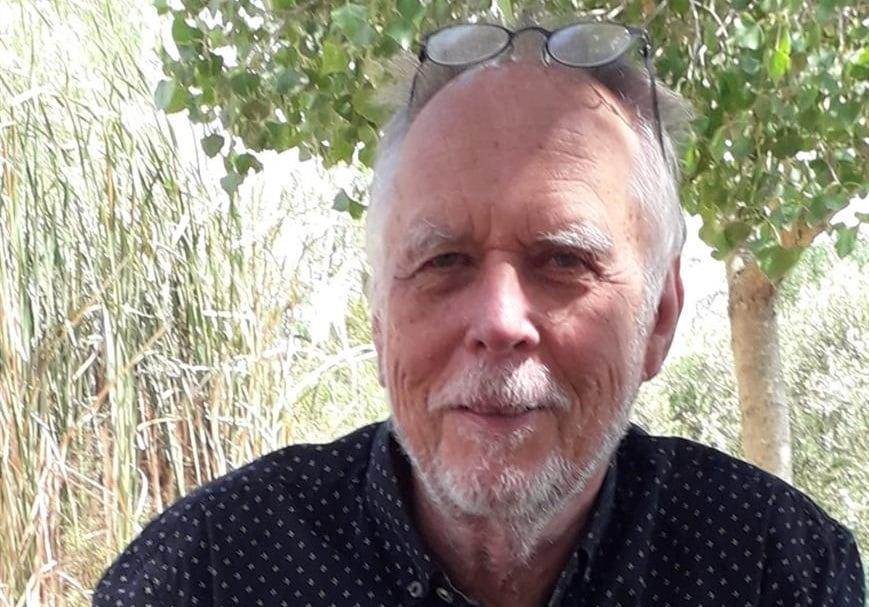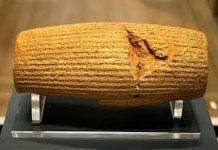Africa-Press – South-Africa. When Graeme Comrie discovered a small lump in his left upper breast, he didn’t think much of it because thought breast cancer was only common in women.
However, he was shocked when he was diagnosed with breast cancer in 2009.
He was 64 years old at the time and had been leading a healthy lifestyle, with regular medical check-ups.
Comrie wants to share his journey this month, known as a men’s health month, to encourage men to get tested for breast cancer.
According to the National Cancer Registry, the lifetime risk of getting breast cancer is between one in 500 to 1 in 1000 for men, depending on their race.
The registry states that men at any age can develop breast cancer. Still, it is usually detected in men between the ages of 60 and 80.
Comrie said:
Comrie said although it was difficult at first, he was lucky to have a lot of support. Also, doctors were able to remove the cancer surgically.
“Fourteen years later, I am still cancer free. I am incredibly grateful that [the] surgery and treatment worked,” he said.
Specialist surgeon, Dr Fatima Hoosain, says although it is seen as a predominantly female disease, breast cancer affects men too.
“The risk is low, particularly in comparison to other common cancers. The prognosis is slightly poorer for men than for women for various reasons. Men are less likely to go to a doctor and often present with advanced cancers.
“Anatomically, males have very little breast tissue; therefore, small tumours infiltrate early into the surrounding tissue and spread easily via the bloodstream and lymphatics to distant organs,” she added.
She said the most common type of breast cancer in men was infiltrating ductal carcinoma cancer, which spreads beyond the cells that line the ducts in the breasts.
It is the most common type of breast cancer in women and men. All other forms of breast cancer are exceedingly rare in men.
Men who have breast cancer can usually feel a lump.
“Medically, a biopsy is performed to make a proper diagnosis. This involves the removal of cells or tissue fragments so they can be viewed under a microscope by a pathologist to check for signs of cancer. It is usually done by taking a small tissue core, using a needle under local anaesthesia,” she said.
Treatments for breast cancer in men and women are generally the same. However, many men benefit from a combination of treatments, according to Hoosain.
Early detection vastly improves the chances of survival, according to Hoosain.
For More News And Analysis About South-Africa Follow Africa-Press






